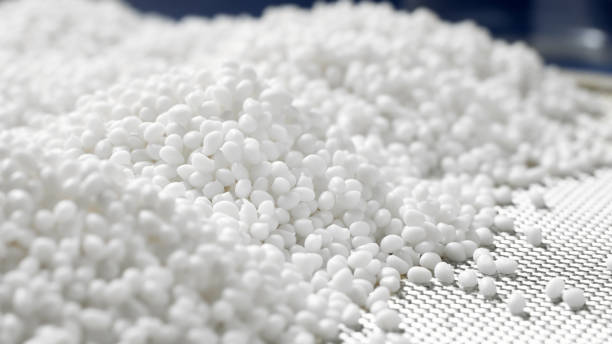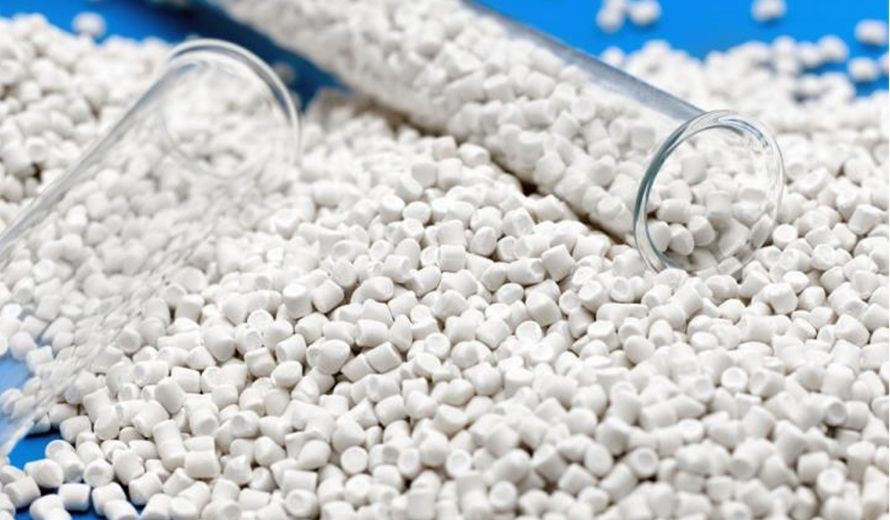As the world grapples with plastic pollution and resource scarcity, manufacturers are seeking innovative ways to cut down on polymer consumption without sacrificing performance. Mineral masterbatches—concentrated mixtures of minerals like calcium carbonate, talc, and wollastonite—offer a sustainable solution by acting as eco-friendly fillers. By partially replacing plastic resin, mineral masterbatches reduce material costs, improve mechanical properties, and lower the carbon footprint of plastic products. Here’s how these formulations work and why they’re gaining traction across industries.
What Are Mineral Masterbatches?
Masterbatches are pre-concentrated blends of additives dispersed within a carrier resin. Traditionally used for pigments and stabilizers, masterbatches can also incorporate minerals that fill volume, enhance properties, and decrease the amount of virgin polymer needed.
Composition and Function
A mineral masterbatch typically contains:
- High-purity mineral powders: Such as calcium carbonate, talc, kaolin clay, or mica at 60–80% loading
- Polymer carrier resin: Matching or compatible with the target plastic (e.g., polypropylene, polyethylene)
- Dispersing agents and coupling agents: To ensure uniform distribution and adhesion between mineral and polymer
When added to polymer melt during compounding or extrusion, the mineral masterbatch disperses the minerals evenly throughout the plastic matrix, replacing a portion of the expensive resin.
Environmental Benefits of Mineral Fillers
Replacing part of the polymer with minerals delivers immediate sustainability gains.

Reduced Virgin Plastic Usage
By formulating a blend of 20–50% mineral filler, manufacturers can cut down on virgin polymer consumption. For every ton of filled plastic, up to 500 kilograms of resin can be replaced, directly reducing dependence on fossil-based feedstocks and lowering production emissions.
Lower Carbon Footprint
Minerals such as calcium carbonate and talc have a far smaller embodied carbon compared to polyethylene or polypropylene. Incorporating these inert, naturally abundant materials reduces the cradle-to-gate greenhouse gas footprint of the final product. Life-cycle assessments often show 10–30% carbon savings when using mineral masterbatches at industrial scales.
Waste Valorization Opportunities
Some mineral masterbatches incorporate by-products such as marble sludge or quarry fines, turning industrial waste streams into value-added fillers. This upcycling approach diverts material from landfills and further enhances circularity.
Performance Advantages of Mineral-Filled Plastics
Beyond sustainability, mineral masterbatches can improve plastic performance.
Enhanced Stiffness and Dimensional Stability
Mineral fillers increase the modulus of plastics, making them stiffer and less prone to creep under load. In thin-wall packaging or automotive components, improved dimensional stability ensures precise fit and long-term durability.
Improved Heat Deflection and Thermal Conductivity
Fillers such as talc and wollastonite raise the heat deflection temperature of polymers, allowing use in higher-temperature applications like under-the-hood automotive parts. Certain minerals also enhance thermal conductivity, aiding in heat dissipation for electrical housings or electronic casings.
Cost Efficiency and Machinability
Mineral-filled plastics often cost 10–25% less than unfilled equivalents due to lower resin content. Additionally, optimized filler choice and sizing can reduce tool wear and improve surface finish in injection molding, saving on maintenance and scrap.
Key Mineral Fillers and Their Applications
Different minerals offer distinct property profiles, making them suitable for specific end uses.
Calcium Carbonate (CaCO₃)
- Benefits: Widely available, low-cost, increases stiffness, and provides a bright white hue
- Applications: Rigid packaging, pipes, profiles, and films
Talc
- Benefits: Platelet structure enhances stiffness, heat resistance, and barrier properties
- Applications: Automotive trim, appliances, and high-temperature housings
Wollastonite
- Benefits: Needle-like crystals boost flexural strength, thermal stability, and dimensional control
- Applications: Friction materials, construction panels, and electrical components
Kaolin Clay and Mica
- Benefits: Fine particle size improves surface smoothness and paint adhesion; mica adds gloss and scratch resistance
- Applications: Decorative profiles, coatings, and laminates
Implementation Strategies
Integrating mineral masterbatches requires consideration of formulation, processing, and final performance.
Selecting the Right Masterbatch Concentration
Balancing filler loading with mechanical requirements is critical. High filler levels (above 40%) maximize resin replacement but may compromise impact strength. Trials should assess tensile, impact, and thermal properties to find the optimal loading.
Processing Adjustments
Filled polymers often require higher melt temperatures and modified screw designs for proper dispersion. Cooling profiles and mold venting also need tuning to prevent edge‐break and voids. Partnering with masterbatch suppliers can streamline process optimization.
Quality Control and Testing
Regular evaluation of filler dispersion, particle-size distribution, and final plastic properties ensures consistent quality. Techniques like scanning electron microscopy (SEM) and dynamic mechanical analysis (DMA) help monitor filler integration at the microstructural level.
Future Trends and Innovations
The mineral masterbatch landscape continues to evolve with new research and market demands.
Nano-Mineral Masterbatches
By milling minerals to nanometer scales, nano-masterbatches unlock further property enhancements—higher stiffness at lower loadings, UV blocking for outdoor plastics, and antimicrobial surfaces when combined with metal oxides.
Bio-Based Polymer Carriers
Combining mineral fillers with biodegradable polymers (PLA, PBS) extends eco-benefits to end-of-life scenarios, creating partially bio-based composites suitable for compostable packaging or agricultural films.
Smart and Functional Fillers
Incorporating minerals with functional properties—such as piezoelectric barium titanate or conductive graphite—into masterbatches enables next-generation applications in sensors, energy harvesting, and EMI shielding.
Read Also : The Science Behind Masterbatch Formulations for Industrial Packaging
Conclusion
Mineral masterbatches represent a practical, high-impact approach to reduce plastic usage while enhancing material performance. By replacing a significant portion of virgin resin with abundant, low-carbon minerals like calcium carbonate and talc, manufacturers gain cost savings, lower environmental footprints, and improved mechanical properties. As processing techniques mature and novel fillers emerge, eco-friendly mineral masterbatches will play an increasingly vital role in sustainable plastics innovation—one step closer to a circular, resource-efficient future.
